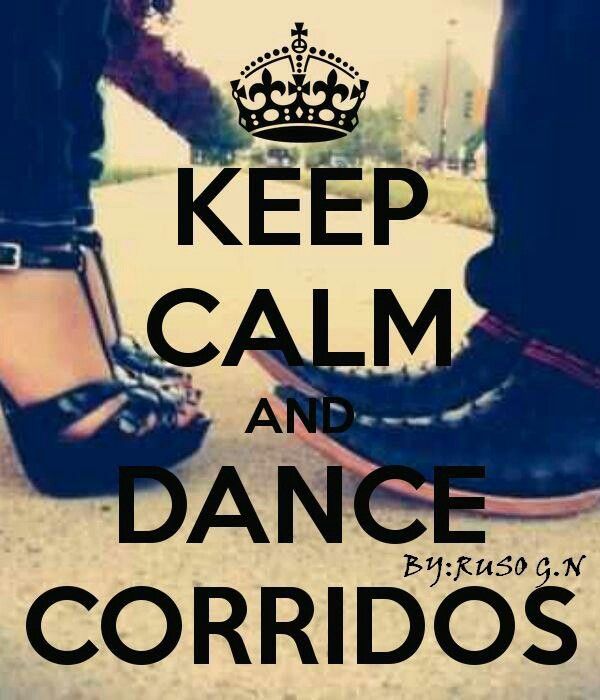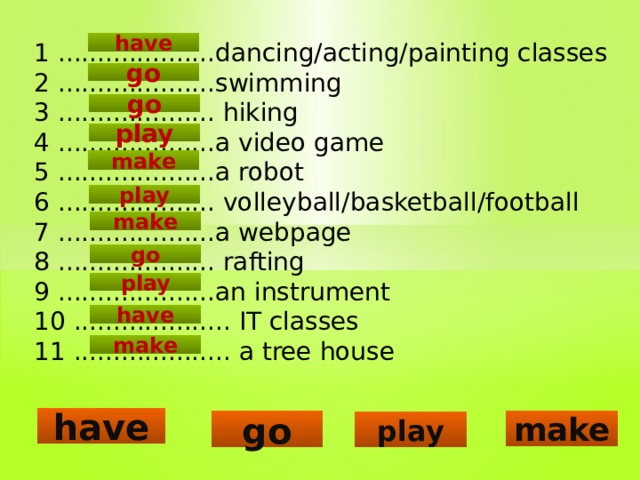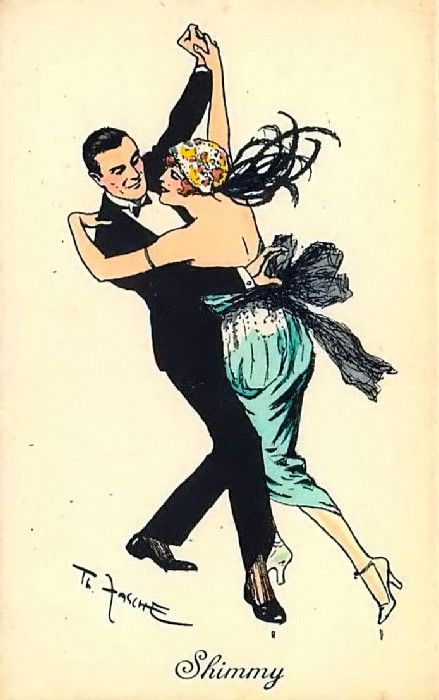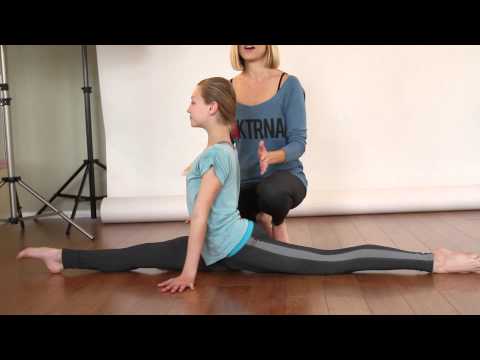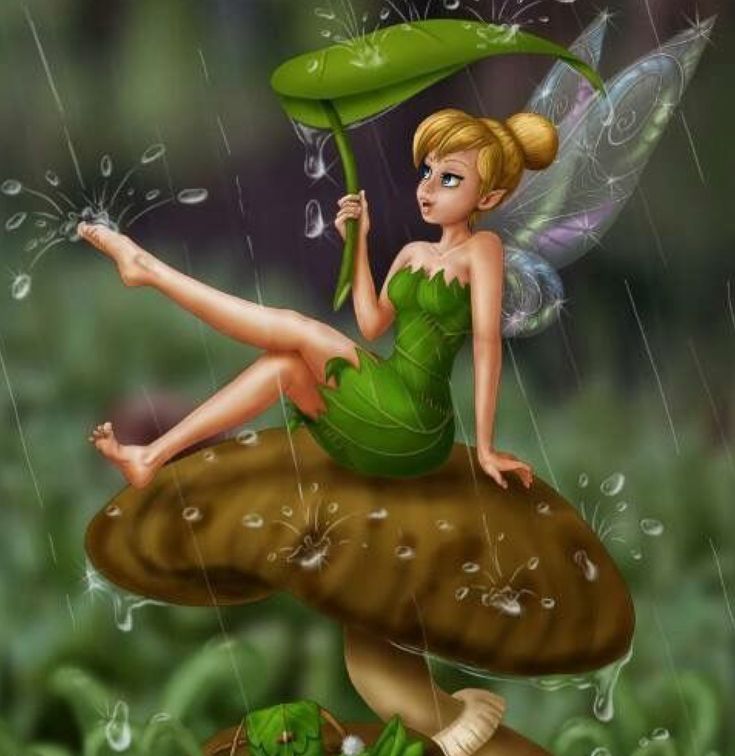How to make dancing raisins
Dancing Raisins Science Experiment for Kids
Have you ever seen dancing raisins? The kids will get a kick out of this super cool dancing raisins science experiment! It’s super simple to do too. It even includes free printable recording sheets for preschool and elementary students. So grab a few household supplies and do this fun science activity!
I am always so thrilled when we do a science activity and it’s super easy to set up and do with the kids. This dancing raisins science experiment fit the bill exactly!
*Note: This science experiment should be done with adult supervision at all times.
You only need two supplies and it actually works! The kids get a kick out of it and they learn a lot too. My kids had lots of questions about how the raisins danced and that opened the door for me to explain some of the science behind this experiment.
Make sure you scroll all the way down to get the explanation of why this works and to grab the free recording sheets!
Supplies Needed:
- Club Soda or another clear soda (7-Up, Sprite, etc.
) (Unopened is best)
- Raisins (fresh works best)
*Tip: You will want to separate the raisins first. If they are stuck together they won’t dance. Small/medium raisins worked better as well.
- Fill a glass with soda.
- Drop raisins into the glass. What happens? Do they sink or float?
- Then sit and watch what happens. You may need to be patient. It can take a minute or two for them to start moving.
The kids got a huge kick out of this! They loved watching the raisins get lifted up and then pushed back down in the soda. It was really cool to see the bubbles attach to the raisins and lift them up.
How does this Science Experiment work?
When you first drop the raisins in the soda they sink to the bottom of the glass because they are more dense than the soda. But the carbonated soda releases carbon dioxide bubbles and these bubbles love to attach to the rough surface of the raisins. They act like tiny floatation devices that lift the raisin to the surface of the water.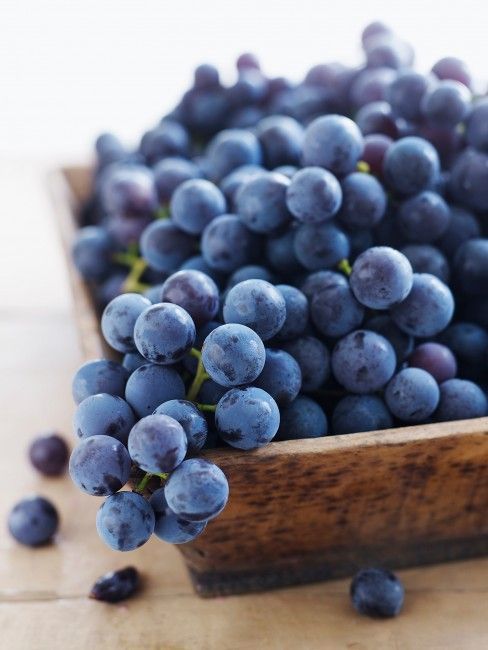 This is due to an increase in buoyancy.
This is due to an increase in buoyancy.
Once the carbon dioxide bubbles reach the surface of the soda they pop and the gas is released into the air. This makes the raisin lose buoyancy and fall back down to the bottom of the glass.
This continues until all of the carbon dioxide has escaped and the soda is flat.
Extend the Learning
- Try different kinds of soda and see which one works best.
- Try adding different things to the soda. Some popular options are pieces of uncooked pasta, corn kernels, and lentils. I’ve heard rice works, but white rice didn’t work for us. Maybe try brown rice?
Print out the free printable recording sheets and have your kids record their predictions and observations. There are two kinds of sheets. One for preschool and kindergarten that requires only drawing and one for older students who can write a simple sentence or two.
I hope you and the kids enjoy this fun science experiment!
Simple Instructions & Video Tutorial
Ready to make some raisins dance?? Although you won’t need to buy them dancing shoes, once you give your raisins some soda pop, they’ll start dancing for you with every bubble!
In this easy science experiment, your young scientists will learn about the effects of density and buoyancy. Below you will find a demonstration video, a supply list, and printable instructions. Suitable and fun for all ages.
Below you will find a demonstration video, a supply list, and printable instructions. Suitable and fun for all ages.
JUMP TO SECTION: Instructions | Video Tutorial | How it Works
Supplies Needed
- Clear Drinking Glass
- Clear Pop like Sprite or 7Up
- Raisins
Dancing Raisins Science Experiment Instructions
Step 1 – Gather your materials together and begin by pouring the pop into the cup. Pour until it is about 3/4 of the way full.
As you are pouring the pop, take a moment to make observations. What did you notice as you poured the pop into the cup? Did you see anything interesting happen? Did you hear anything as you poured the pop into the cup?
What do you think will happen if you place the raisins into the cup? Write down your hypothesis (prediction) and then continue the experiment to test it out and to find out if you were correct.
Step 2 – Next, take a handful of raisins (approximately 10-15) and carefully place them into the cup. Then take a step back and look through the side of the cup to watch what happens.
Then take a step back and look through the side of the cup to watch what happens.
Step 3 – What initially happened to the raisins? Did they sink to the bottom? Did they float to the top? As you observe the cup for a few minutes, did anything else happen? Was your hypothesis correct?
Do you know what caused the raisins to “dance” and move up and down in the pop? Find out the answer in the how does this experiment work section below. It also contains ideas on how you can expand on the experiment.
Dancing Raisins Science Experiment Video Tutorial
How Does the Science Experiment Work?
When you first place the raisins in the soda, the raisins sink because they are denser than the soda. As the carbon dioxide gas bubbles dissolved in the soda attach to the wrinkled surface of the raisins, the raisins begin to rise.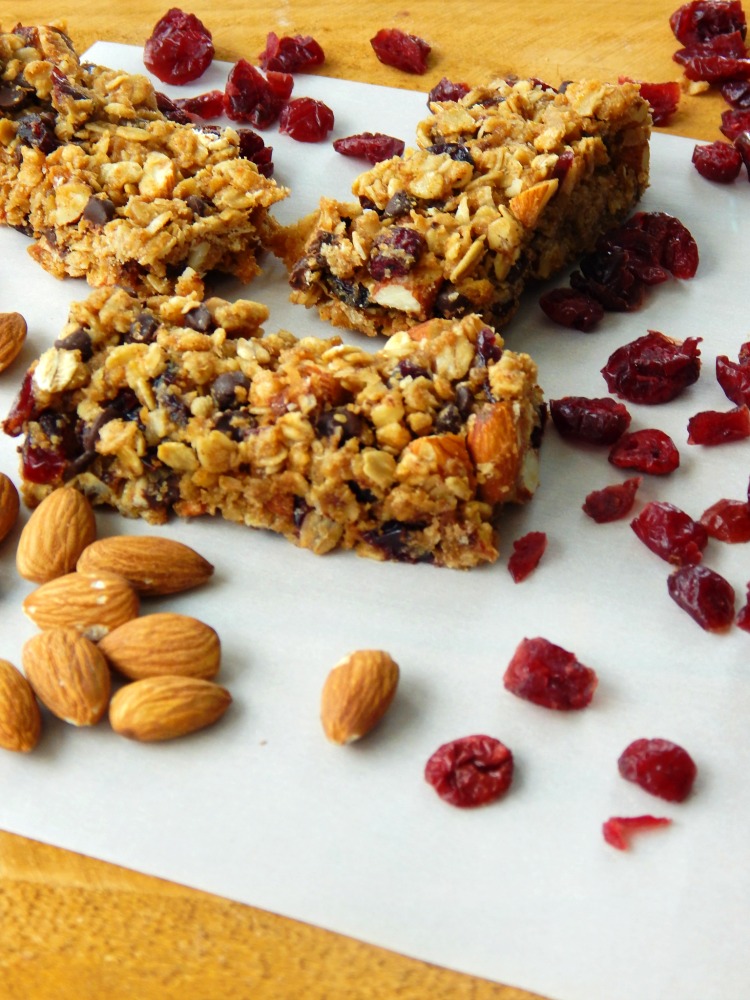 The raisins rise because the soda bubbles help increase the buoyancy of the raisins.
The raisins rise because the soda bubbles help increase the buoyancy of the raisins.
Buoyancy is the tendency of an object to float in fluids because of the upward force fluid exert on objects.
This increase in buoyancy helps the raisins become less dense than the soda. When the raisins get to the surface of the soda, the carbon dioxide bubbles surrounding the raisins pop. The raisins lose buoyancy and become denser than the soda so they begin to sink. As the raisins sink, more carbon dioxide bubbles will attach to the raisins’ wrinkled surface, starting the process all over again!
The raisins will continue to dance (sink and float) in the soda until all of the carbon dioxide bubbles have popped and the soda becomes “flat”.
More Science Fun
Try this same experiment with objects that do not have a wrinkled surface like blueberries or grapes. Do they rise in the soda the same way the raisins did?
Instead of using soda like 7Up or Sprite, try using baking soda dissolved in water and vinegar. Dissolve two teaspoons of baking soda into a half cup of water. Add 6-7 raisins to the baking soda/water solution. Slowly pour a tablespoon of vinegar into the mixture and watch the raisins dance! (This version of the experiment could make a mess, so put your cup into a shallow dish, like a pie pan, before adding the vinegar).
Dissolve two teaspoons of baking soda into a half cup of water. Add 6-7 raisins to the baking soda/water solution. Slowly pour a tablespoon of vinegar into the mixture and watch the raisins dance! (This version of the experiment could make a mess, so put your cup into a shallow dish, like a pie pan, before adding the vinegar).
I hope you enjoyed the experiment. Here are some printable instructions:
Materials
- Glass Drinking Glass
- Clear Pop like Sprite or 7Up
- Raisins
Instructions
- Fill the drinking glass with pop
- Put in a handful of raisins
- Watch the raisins “dance” and move up and down in the glass.
Cool science experiments in the kitchen
Simple and spectacular experiments are easy to set up in any kitchen: they do not require special ingredients and equipment from the laboratory. And the child will surely be impressed.
Pest Orange
You know perfectly well that it is not difficult to burst a balloon. And how to do it with an orange?
What you need:
- balloons (as many as you don't mind bursting),
- orange.
Experiment procedure
- Peel the orange.
- Inflate the balloon.
- Take a piece of peel, roll it up and press it so that the juice from the peel splashes onto the inflated ball.
What's going on?
Ball burst.
Why is this happening?
Citrus essential oils contain a large amount of the substance limonene, which in this case is a solvent. The thin shell of the balloon bursts under its influence.
"Dancing Raisins"
What happens if you invite ... raisins to dance?
What you need:
- tall clear glass,
- 6-7 raisins,
- colorless sparkling water.
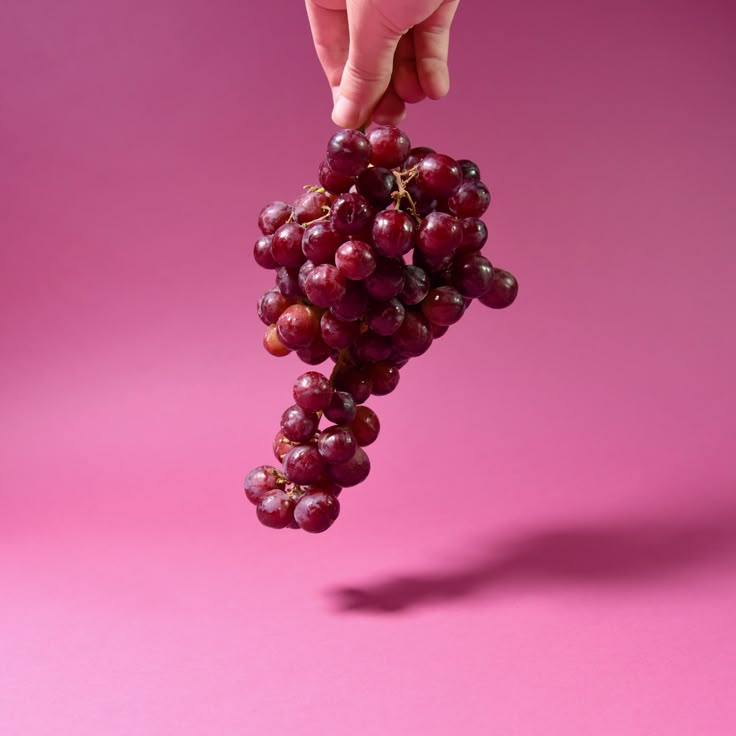
Experiment procedure
- Pour a drink into a glass. Pay attention to the fact that the bubbles from the bottom of the glass rise to the surface.
- Dip the raisins into the glass. Do raisins float or sink? For a few minutes, observe what is happening in the glass.
What's going on?
After some time, before your eyes, the raisins begin to rise and fall smoothly, creating the illusion of dancing in the water.
Why is this happening?
Raisins are denser than water, so they sink to the bottom first. Any carbonated water releases bubbles of carbon dioxide. When these bubbles attach to the uneven surface of the raisins and there are enough bubbles to lift the berries to the surface, the raisins will float. As soon as it reaches the surface of the water, the gas bubbles burst and dissolve in the air. The raisins lose their buoyancy and sink to the bottom of the glass again.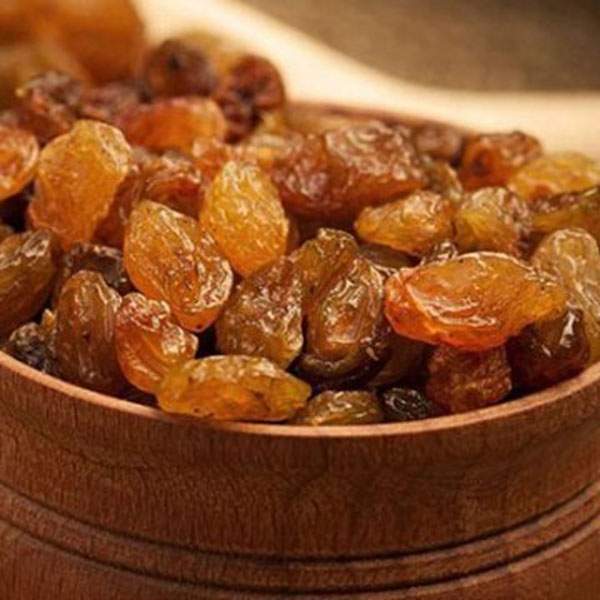 This process is repeated until carbon dioxide remains in the drink.
This process is repeated until carbon dioxide remains in the drink.
"Pepper and soap"
Without touching the pepper, make it move in the water! It is quite possible - get down to business!
What you need:
- bar of soap,
- glass of cold water,
- plate,
- chili flakes.
Tip: If red pepper is not available, you can replace it with regular black pepper.
Experiment procedure
- Pour water into the plate.
- Then sprinkle red pepper flakes on the surface of the water.
- Take a bar of soap and place it in the center of the pepper bowl. Watch what is happening.
What's going on?
Pepper grains begin to "scatter" from the soap towards the sides of the plate.
Why is this happening?
The surface tension of water breaks where soap and water meet. Soap molecules mix with water molecules and reduce their mutual attraction.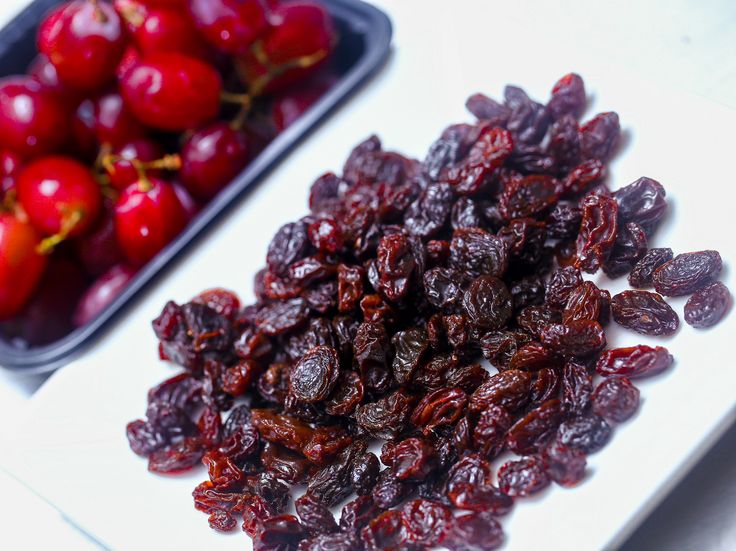 Surface tension from other parts of the plate is not destroyed and causes the peppercorns to move towards the walls.
Surface tension from other parts of the plate is not destroyed and causes the peppercorns to move towards the walls.
Straw and Potato
How to pierce a raw potato with a straw? Very simple! Try it and you will surely succeed.
What is necessary:
- Several straws for a cocktail
- Raw potatoes
The Experiment Procedure:
- Take a straw and try to pierce raw potatoes in the hand. Happened? Alas...
- And now do the same correctly: take a potato in one hand, a straw in the other, and close its hole with your thumb. Holding the potato, pierce it with a straw with a sharp movement.
What's going on?
In the first case, you failed to pierce the potato through and through. Most likely the straw is bent.
In the second case, you closed the hole in the straw with your finger and pierced the potato.
Why is this happening?
By closing the hole, you created compressed air inside the straw.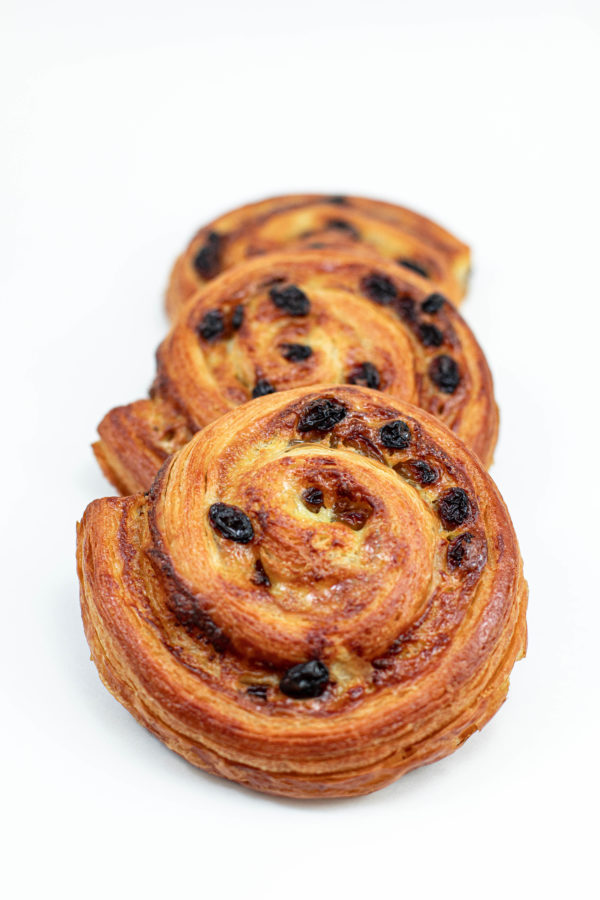 That is why it became hard and easily pierced the potatoes.
That is why it became hard and easily pierced the potatoes.
Interesting to read. Lyubov Vaytkene: "The Big Book of Experiments and Experiments for Boys"
How to make a foam fountain? Make plastic jars fly and make a parachute at home? Grow a crystal and write a spy message? The thick book contains the most interesting experiments that can be easily arranged at home. Next to each one is an explanation that will be clear even to that child who has not yet studied either physics or chemistry.
Also read:
10 fun exercises to develop logical thinking
Genius and reality: how to properly develop a child's talents
5 experiments that will make your children friends with science
Scientific discoveries have given mankind many original ideas. In rainy weather or when you are bored, some of them will be a great way to have fun. We offer 10 cool experiments for review. They can be carried out at home even by children, but preferably under the supervision of adults. These experiments use elementary ingredients that are always in the kitchen. Simple but interesting tricks are based on the principles of chemistry, physics and biology. Well, let's get started!
These experiments use elementary ingredients that are always in the kitchen. Simple but interesting tricks are based on the principles of chemistry, physics and biology. Well, let's get started!
Contents
- Learning how to separate an egg yolk using an empty bottle
- Experiment: create a non-Newtonian substance
- Soda and vinegar - instead of a pump!
- Capillary coloring of flowers
- Determining the amount of sugar in soda
- Magic bag
- Cleaning copper coins at home
- Flying ghosts
- Experiment with dancing raisins
- Milk painting140209
Learning how to separate an egg yolk with an empty bottle
What you need: a raw egg, two bowls (or plates), an empty water bottle.

The course of the experiment. Squeeze the bottle so that some of the air comes out of it. Then bring its neck close to the egg on the plate, almost close. Opening the plastic container, you will see how the yolk is sucked into the bottle - together with air, it hurries to occupy the empty volume.
Why is this happening? After compression, part of the air was "squeezed out", which means that the pressure outside became greater. Thus, the air literally “pushes” the yolk into the bottle.
Experiment: create a non-Newtonian substance
What do you need? Water, cornstarch, deep mixing bowl, food coloring. Put on old clothes so as not to get dirty and cover the table with oilcloth.

The course of the experiment. Pour a glass of water into a deep bowl, then pour a glass of corn starch into the same place and mix everything well. Food coloring can be added if desired. Now slowly dip your hand into the mixture. As you can see, this is very easy to do. Do the same, but with effort - as a result, the substance will "repel" the hand.
Why is this happening? Oobleck is a non-Newtonian substance. Sometimes (for example, when it is poured), it manifests itself as a liquid. But! When you put pressure on the mixture, it behaves like a solid body, and on impact it can even act repulsively.
Soda and vinegar instead of a pump!
What we need: regular vinegar, narrow-necked bottles, balloons, baking soda.
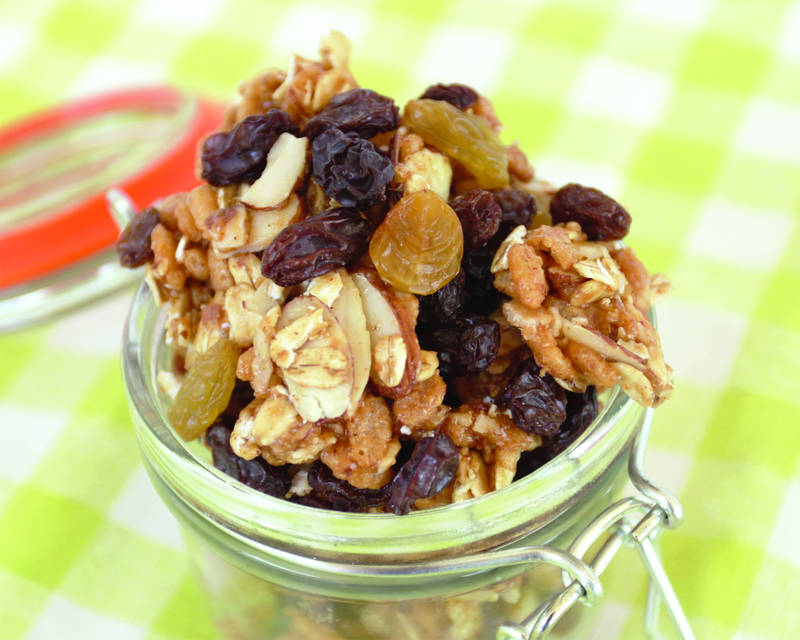
The course of the experiment. A mini-geyser is made according to a similar principle, but we slightly modify the well-known experiment. Pour into bottles of 50-100 grams of vinegar. Having made a roll out of paper, we lay one end of it in a balloon that needs to be inflated. Inside the other end of a kind of tube, we fall asleep 2-3 tablespoons of soda. Now you need to carefully put the balls on the necks of the bottles. Be careful not to spill the soda out of these rubber containers prematurely. The preparations are over, you can proceed to the most interesting. Pour the contents of the balls into the bottle and enjoy watching.
Why is this happening? Molecules of soda and vinegar instantly combine, and a powerful reaction occurs. As a result, carbon dioxide is produced (CO 2 ), which inflates the balloon so much that it can even explode it.
Capillary flower dyeing
What you need: fresh white flowers (daisies and carnations are great, you can even use celery for lack of flowers), glass jar, food coloring, scissors. We also advise you to be patient, since you will see the full result of the experiment only after 24 hours. But after a while, you can watch how an amazing reincarnation takes place.
The progress of the experiment. Pour water inside the jar, add a dye of any color there. We lower the flowers into this liquid, and observe how the delicate white petals gradually turn into a different color.
Why is this happening? Water evaporates from the petals of the flower, so the stem absorbs the colored liquid from the jar. Gradually, the colored liquid reaches its petals.
Determine the amount of sugar in soda
What do you need? Unopened cans of diet and sugary drinks, a large container of water (a bath will also work for this experience).
The course of the experiment. Submerge soda cans in water. Not all of them will sink to the bottom. The ones left floating below the surface contain a lot of sugar. "Heavy" drinks can safely drink fans of diets.
What is the reason for this discrepancy? The density of regular and diet carbonated drinks is different, its value is affected by the sugar content. As a result, some jars flounder in the water, while diet drinks boldly go to the bottom.
Magic Pouch
What you need: Bag with a special plastic closure, a pair of sharpened pencils, a mug of water. We recommend doing the experiment on the sink or bathtub, as the temptation to pull out the pencils after the experiment will be great!
The course of the experiment. Fill the bag with water and seal. Then we quickly pierce it through with several pencils, one by one. As you can see, the holes did not even give a gap - the bag remained completely sealed.
Why is this happening? The tight bag with a fastener consists of flexible polymers. When punctured, the plastic surface is hermetically sealed around the pencil, so it does not leak.
Copper coin cleaning at home
What do we need? Darkened coins, 1/4 cup white vinegar, one teaspoon of salt, a glass of water, two bowls (non-metallic), paper towels. We recommend wearing goggles to protect your eyes.
The course of the experiment. Pour water, vinegar and salt into a bowl. We put coins in the prepared solution. After a while, we evaluate the degree of their purification.
How does it work? Acetic acid reacts with salt, which helps to clean copper pennies from copper oxide. Rinse the coins with water after the experiment, otherwise they will turn greenish. After cleaning a dozen copper coins, do another interesting experience. Put a metal coin into the old solution. You will see the steel color change to yellowish. This happened because the metal attracted copper oxide molecules to itself.

Flying ghosts
What do we need? An inflated balloon, ghosts cut out of tissue paper, and something to generate static electricity (your clothes or hair will do for this purpose!).
The course of the experiment. We glue the paper figures at one end to the table with adhesive tape. Then we strongly rub the balloon on clothes or hair, and bring it closer to the lying silhouettes. Oh no! The ghosts have woken up and are trying to fly!
How does it work? Rubbing a rubber ball against fabric or hair creates a negative charge on the surface, which attracts paper ghosts to itself.
Experiment with dancing raisins
What we need: raisins, a bottle of mineral water, a transparent drinking glass
The course of the experiment. This experience is extremely simple. Pour mineral water into a glass. We also add a handful of raisins there, and watch how it “dances” in a glass container.
Why is this happening? The smallest bubbles of carbon dioxide (CO 2 ) cling to the uneven surface of the raisins. As a result, they become lighter and rise to the surface, where the bubbles burst. Then the raisins become heavy and fall back down, where they are again overtaken by CO 9 bubbles0244 2 .
Color milk painting
What do we need? Two plastic dishes, milk, food coloring, cotton swabs, liquid soap.


